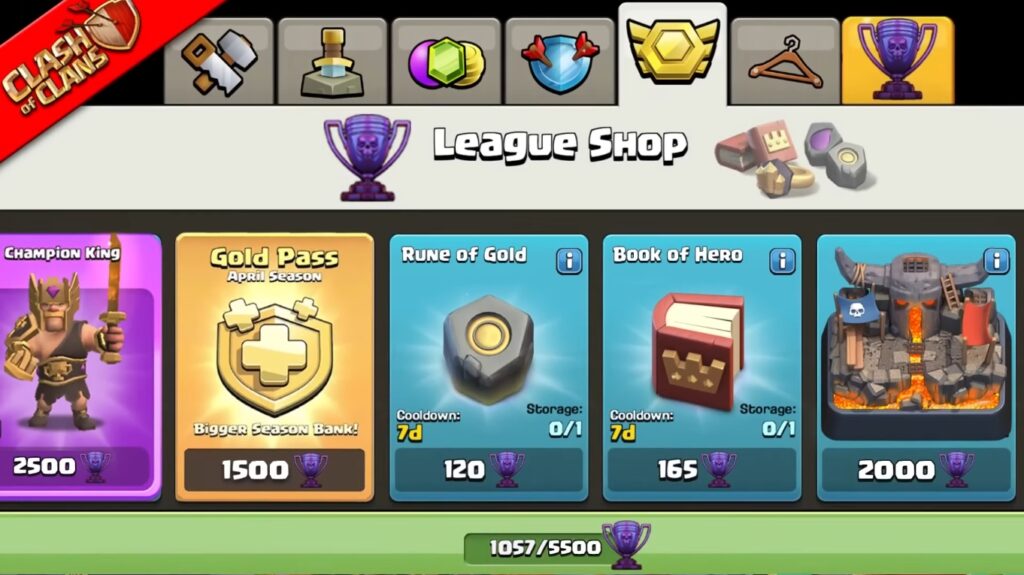Proven Strategies for Mobile Gaming Success
The mobile gaming industry has experienced exponential growth over the past decade, with revenues projected to reach $175 billion by 2021, according to Newzoo’s Global Games Market Report (Newzoo, 2021). As an Android game developer, understanding the intricacies of this dynamic landscape is crucial for achieving success. This article delves into proven strategies that can help developers navigate the complexities of mobile gaming, from design principles to monetization techniques.
Understanding the Mobile Gaming Ecosystem
Before diving into specific strategies, it is essential to grasp the mobile gaming ecosystem. The market is characterized by a diverse range of genres, platforms, and monetization models. According to Statista, as of 2021, mobile games accounted for 50% of the global gaming market, with over 2.4 billion mobile gamers worldwide (Statista, 2021). This demographic diversity necessitates a tailored approach to game development.
Target Audience Analysis
Identifying and understanding your target audience is the cornerstone of successful game development. Conducting thorough market research can provide insights into player preferences, behaviors, and demographics. Tools like Google Analytics and Firebase can help developers track user engagement and retention metrics, allowing for data-driven decisions.

Identifying and understanding your audience is key to game development success.
For instance, the success of “Candy Crush Saga” can be attributed to its deep understanding of casual gamers. The game’s design encourages short play sessions, appealing to players who prefer quick, engaging experiences. By analyzing player data, developers can refine their games to better meet the needs of their audience.
Game Design Principles
Once the target audience is identified, the next step is to focus on game design principles that enhance user experience. A well-designed game should be intuitive, engaging, and visually appealing.
User Interface (UI) and User Experience (UX)
The UI and UX are critical components of mobile game design. A seamless interface allows players to navigate the game effortlessly, while a compelling user experience keeps them engaged. Research by Nielsen Norman Group indicates that users form an opinion about a website or application within 50 milliseconds (Nielsen Norman Group, 2020). This statistic underscores the importance of a polished UI in mobile games.
For example, “Among Us” utilizes a simple yet effective UI that allows players to quickly understand game mechanics. The minimalist design ensures that players can focus on gameplay rather than navigating complex menus.
Game Mechanics and Engagement
Incorporating engaging game mechanics is vital for retaining players. The use of reward systems, such as loot boxes or achievement badges, can significantly enhance player motivation. According to a study published in the Journal of Gaming & Virtual Worlds, games that incorporate reward systems see a 30% increase in player retention (Hamari et al., 2017).
Moreover, implementing social features, such as leaderboards and multiplayer modes, can foster a sense of community among players. “Fortnite,” for instance, has successfully integrated social elements, allowing players to connect and compete with friends, which has contributed to its massive popularity.
Monetization Strategies
Monetization is a critical aspect of mobile game development. Developers must choose a model that aligns with their game design and target audience. The primary monetization strategies include:
Freemium Model
The freemium model allows players to download and play the game for free while offering in-app purchases for additional content or features. This model has proven successful for many mobile games, including “Clash of Clans,” which generated over $1 billion in revenue in 2019 (Sensor Tower, 2019).

Freemium allows players to enjoy the game for free, monetizing through in-app purchases.
Ad-Based Monetization
Incorporating advertisements into games can also be a lucrative strategy. According to eMarketer, mobile ad spending is expected to reach $240 billion by 2022 (eMarketer, 2021). Developers can choose between rewarded ads, interstitial ads, or banner ads, depending on their game design and user experience considerations.
Subscription Model
The subscription model is gaining traction in the mobile gaming industry. Services like Apple Arcade and Google Play Pass offer players access to a library of games for a monthly fee. This model provides developers with a steady revenue stream while allowing players to explore a variety of games without the pressure of in-app purchases.
Marketing and User Acquisition
Even the best-designed game can fail without effective marketing and user acquisition strategies. Developers must leverage various channels to promote their games and attract players.
App Store Optimization (ASO)
ASO is crucial for improving a game’s visibility in app stores. This involves optimizing the game’s title, description, keywords, and visuals to enhance discoverability. According to a study by Apptopia, 63% of app downloads come from organic searches in app stores (Apptopia, 2020). Therefore, investing time in ASO can significantly impact a game’s success.
Social Media and Influencer Marketing
Utilizing social media platforms and collaborating with influencers can amplify a game’s reach. Platforms like Instagram, TikTok, and YouTube are effective for showcasing gameplay and engaging potential players. For example, “Among Us” gained immense popularity through influencer endorsements and viral social media trends, leading to a surge in downloads.
Data Analytics and Iteration
Finally, leveraging data analytics is essential for continuous improvement. By analyzing player behavior and feedback, developers can identify areas for enhancement and make informed decisions about future updates or features.
Player Feedback and Community Engagement
Engaging with the player community through forums, social media, and in-game feedback mechanisms can provide valuable insights. Games like “No Man’s Sky” have demonstrated the importance of community engagement, as developers actively sought player feedback to improve the game post-launch.
Conclusion
In conclusion, the path to success as an Android game developer involves a multifaceted approach that encompasses understanding the mobile gaming ecosystem, implementing effective design principles, choosing the right monetization strategies, and executing robust marketing campaigns. By leveraging data analytics and engaging with the player community, developers can continuously refine their games to meet player expectations. As the mobile gaming industry continues to evolve, staying informed about emerging trends and technologies will be crucial for long-term success.
Key takeaways include the importance of target audience analysis, the significance of UI/UX design, the effectiveness of various monetization strategies, and the necessity of data-driven decision-making. By adopting these proven strategies, Android game developers can position themselves for success in this competitive landscape.
References:
- Newzoo. (2021). Global Games Market Report.
- Statista. (2021). Mobile Gaming Statistics.
- Nielsen Norman Group. (2020). User Experience Research.
- Hamari, J., Koivisto, J., & Sarsa, H. (2017). The relationship between gamification and user engagement.
- Sensor Tower. (2019). Clash of Clans Revenue Report.
- eMarketer. (2021). Mobile Ad Spending Report.
- Apptopia. (2020). App Store Optimization Study.

